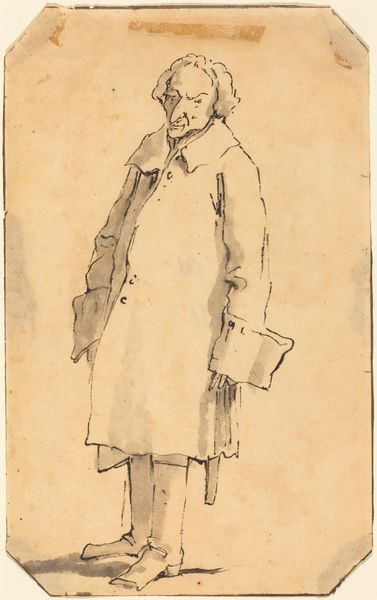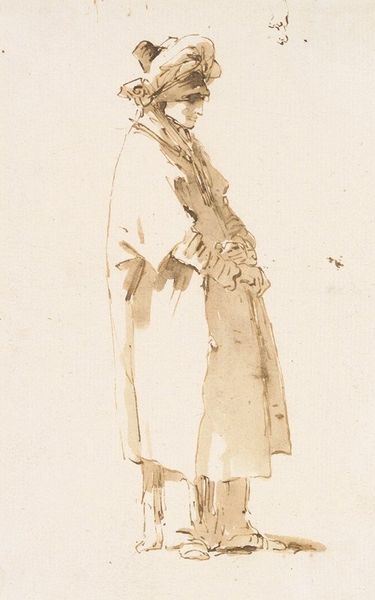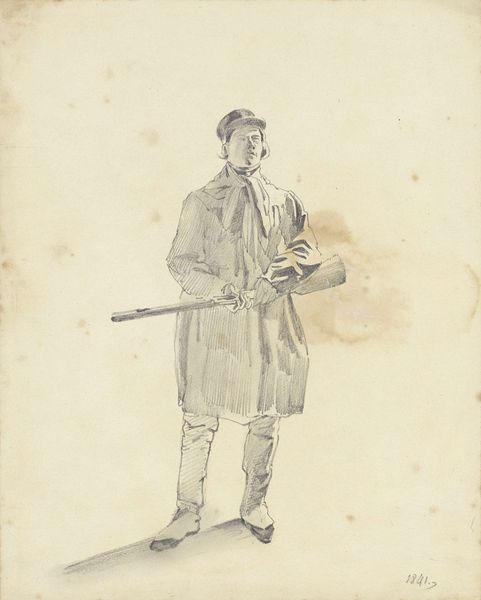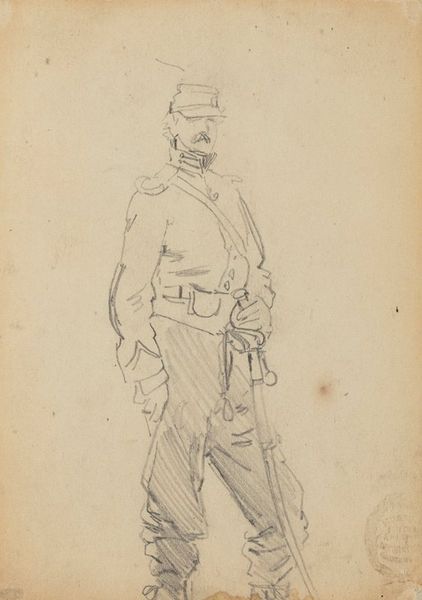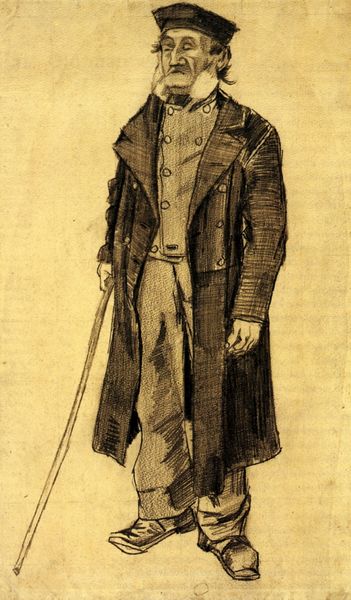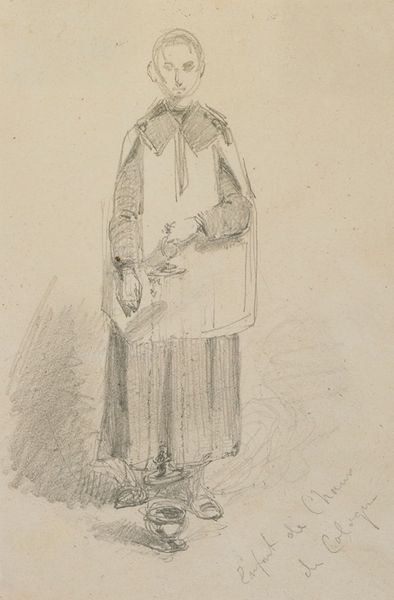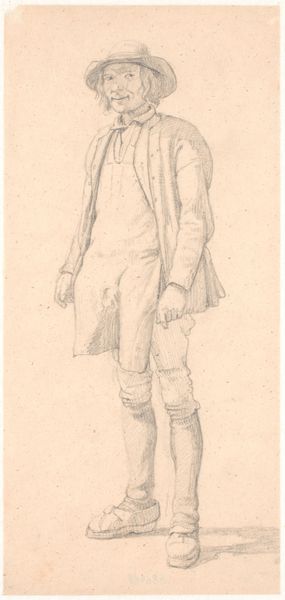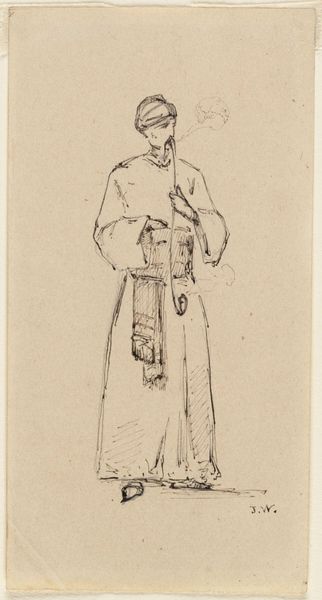
drawing, charcoal
#
portrait
#
drawing
#
landscape
#
charcoal drawing
#
figuration
#
coloured pencil
#
charcoal
#
history-painting
Copyright: Public Domain: Artvee
Editor: So, here we have Winslow Homer’s "Officer and Head of a Horse," a charcoal drawing from 1862. It’s… stark, almost unfinished, but there's a sense of quiet tension in the figure’s posture. What do you see in this piece? Curator: I see a study pregnant with unspoken narratives of the American Civil War. The incompleteness is not a flaw but a deliberate choice that mirrors the fractured state of the nation. The officer’s stiff bearing contrasts with the horse’s somewhat slumped posture—reflecting, perhaps, the human and animal cost of war, the psychological burdens they both carry. Editor: That’s interesting. I was focusing on the purely aesthetic aspects, but your reading opens up so much more. The tension you pointed out isn’t just visual then, it's historical. Curator: Exactly. Consider Homer's own position: he documented the war for Harper's Weekly. He wasn't a soldier, but an observer, and this piece makes me think about how he, and how the generation more broadly, grappled with witnessing the violence and its aftermath. The rough lines speak to a certain rawness of experience. Do you think the sketch’s immediacy brings us closer to that reality? Editor: It definitely feels more intimate and less heroic than a fully rendered painting might. But is it possible we are projecting contemporary anti-war sentiment onto it? Curator: That’s a vital question! We must always acknowledge our own subjectivities. Yet, even at the time, there was a strong abolitionist movement, questioning the morality of the conflict and the systems that fueled it. Homer’s decision to capture this seemingly minor moment, an officer and his horse, instead of grand battles, subtly shifts the focus to individual experiences within the larger political landscape. Editor: I see. Looking at it now, it feels less like a simple portrait and more like a quiet commentary. Thanks! Curator: And thank you! Thinking about art as cultural texts, as active participants in the debates of their time, is a collaborative journey of discovery.
Comments
No comments
Be the first to comment and join the conversation on the ultimate creative platform.

